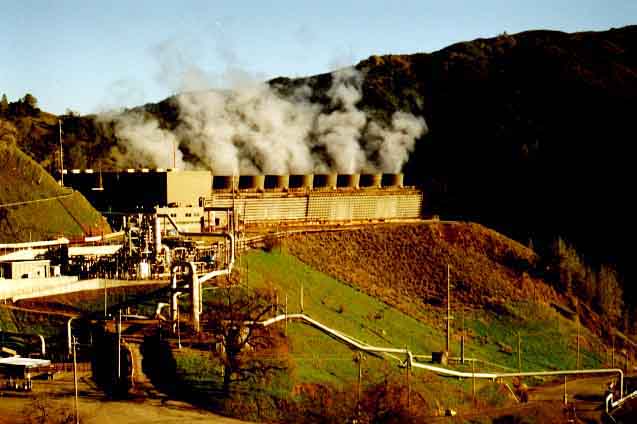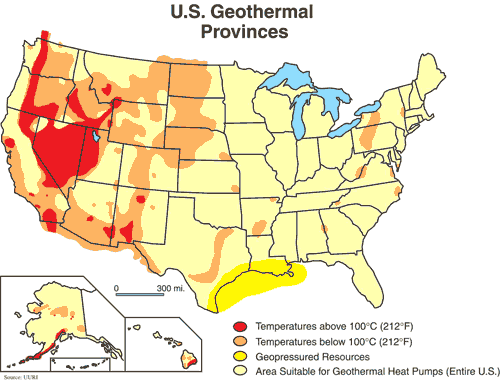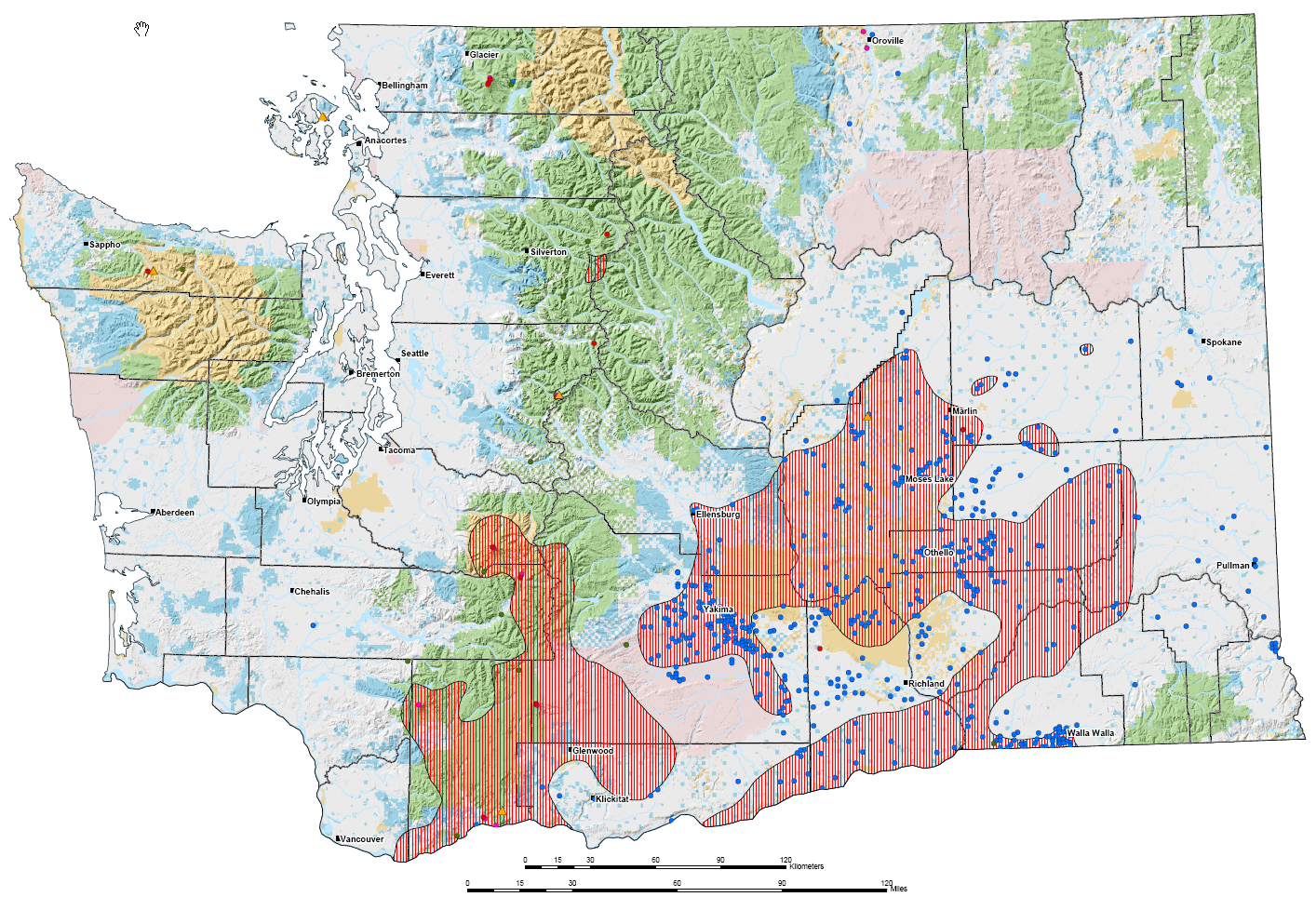

Geothermal energy comes from the structure of the earth and its interior heat source and circulation.

There is a continual flow of heat energy outwards towards the surface
Surface Manifestations Include:
These surface manifestations reveal that a network of hot water/steam is able to penetrate through various faults or weak spots in the upper part of the earth's crust. This usually requires the interaction of a natural aquifer and a relatively nearby heat source. An important component of this dynamic is that the aquifer does not leak "downwards" as its confined by impermeable rocks. If these conditions are met, then geothermal energy is avialable.

Conventional Uses of Geothermal Energy:
There are production sites in New Zealand, Iceland and, of course, California (Geysers Project):

The average heat flux incidence from the interior of the earth on to the earth's crust is somewhat difficult to measure. Different values exist, for instance, between oceanic and continental crust.
Recent scientific measurements suggest a global heat flux equivalent to 31 Terrawatts of Power.
Averaged over the earth's surface, this equates 60 KW per square kilometer of heat flux (or 60 mW/m2), but as shown in the figure below, there is considerable varation around this.

Of course, there are local concentrations of geothermal energy that are quite high (e.g. yellowstone).

On average though, it is clear that to get large scale electrical energy generation from geothermal we will be withdrawing energy more rapidly than it is replenished. Hence we are essentially mining geothermal energy in the same way that we mine fossil fuels.
Example:
Existing Production Sites:
The main problem with geothermal, of course, is lack of
easily accessible surface sites. Turbines on Old Faithful would
probably not be well received.
Geothermal using natural steam sources is quite efficient,
almost 100%. Only real source of loss is turbine friction.
Note that Geothermal does pollute the environment with small
amounts of sulfur and carbon emission but to date, the tapped
sources are natural so this would happen anyway
 1365 MW capacity in 1985
1365 MW capacity in 1985
 Instant steam but they are very
rare
Instant steam but they are very
rare

Example -- The Geysers Geothermal Site:
8x1019Joules / 3.15 x 1018 Joules/yr = 26 years
Despite these potential limitations, Geothermal energy conversion into electricity remains a viable form of renewable energy. It has two specific advantages:
Not suprisingly, the worldwide distribution of this resource is highly clustered to specific hotspots, particularly when you are limiting your depth to about 6 km. The regions shaded in blow all have potential geothermal resource located below 6 km. Areas that are denoted by red-yellow have the highest potential commercial yields.

The situation for the US is shown below. Not suprisingly, most of the geothermal sites are located in the Western US, specifically Nevada. The Geysers project in California is the red area in northern California.

Closer to home, the Columbia basin area of Washington state has a fairly large area of potentially accessible geothermal.

On this map
The bottom line for geothermal seems fairly clear. To date, the US has very low production in this resource but reasonably high potential. As the cost of coal fired electricity continues to escalate, and if wind capacity ramps up more slowly than expected and the LNG plan fails to materialize, then Western US based geothermal power plants may become more prevalant.
Right now, however, it does not look like geothermal energy will be an important component of the overall mix of technologies used in the US to product electricty.